Gulfstream G280 vs. Challenger 350
-
February 21, 2021
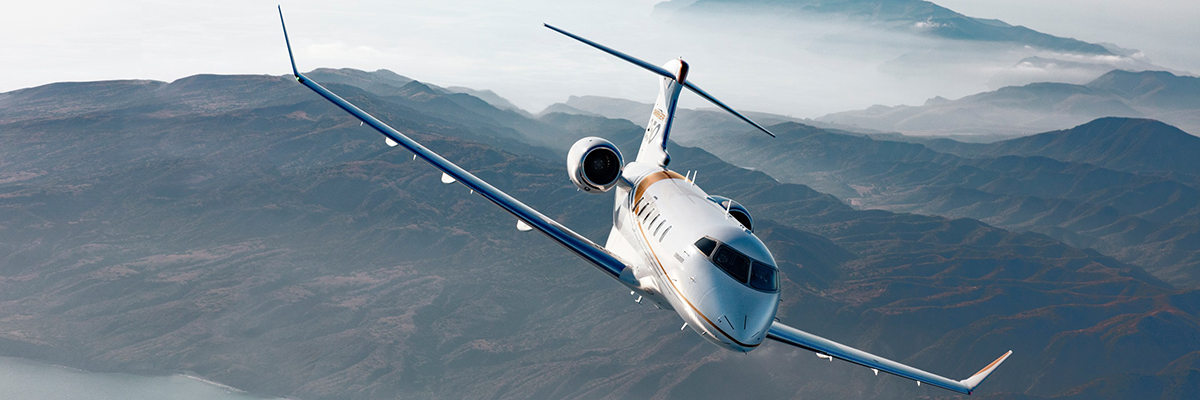
Bombardier
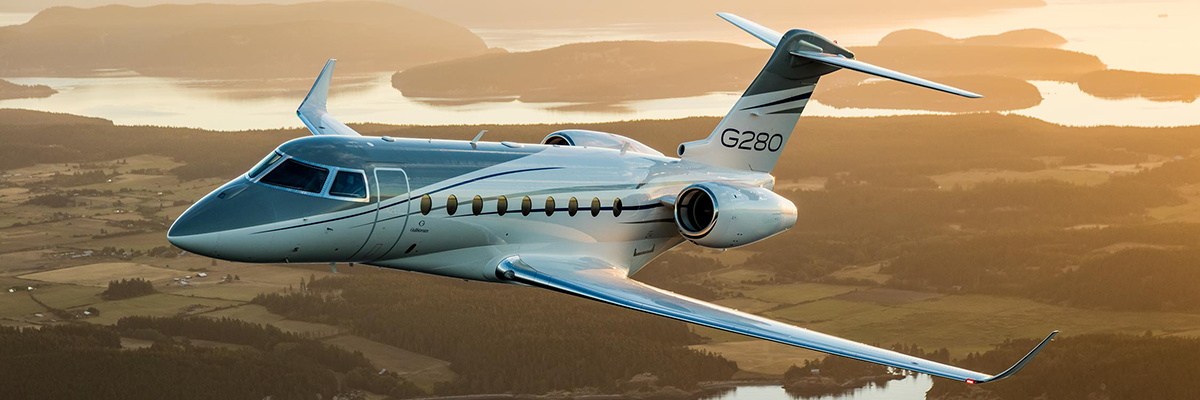
Gulfstream
The question stands, what is the best super-mid cabin jet on the market? We explored the differences between the Citation Longitude and the Embraer Praetor 600 in a previous blog but now it is time to compare two jets that probably come to mind first when thinking about great super-mid options. The Challenger 300 and now Challenger 350 have arguably been the best super-mids on the market for a long time, but the speed of the Citation X left that up for debate for a long time. The G200 and now G280 have so much to offer but for some reason have not been quite as popular. Let’s take a closer look at the G280 and the Challenger 350 and see how they compare to each other.
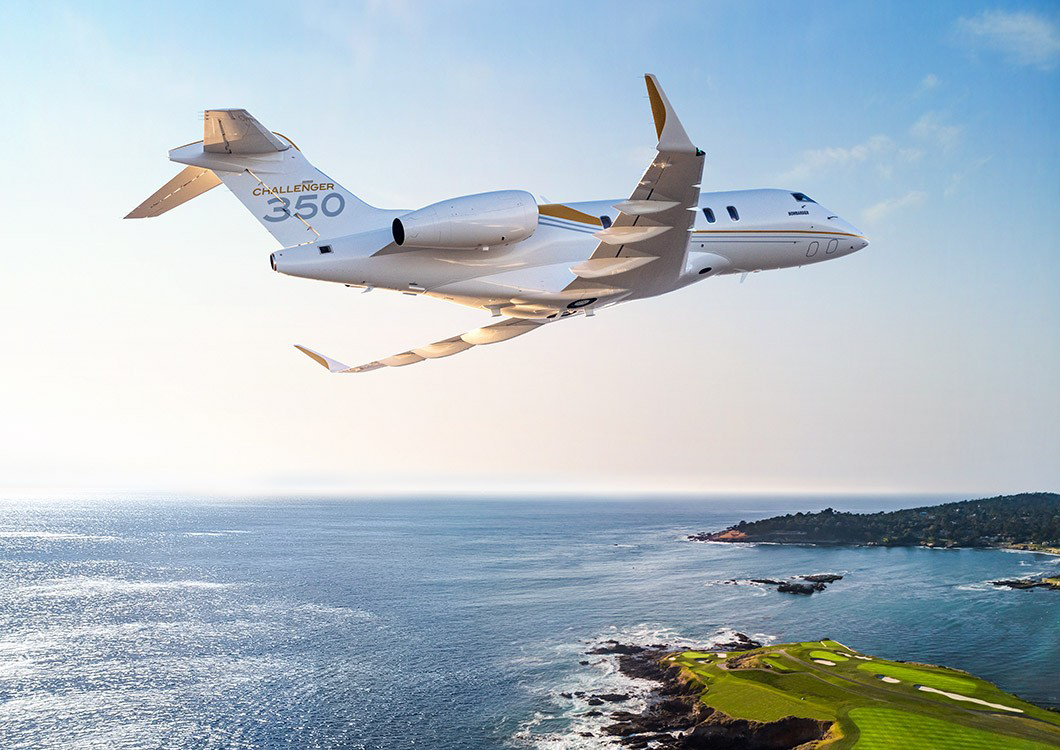
Challenger 350
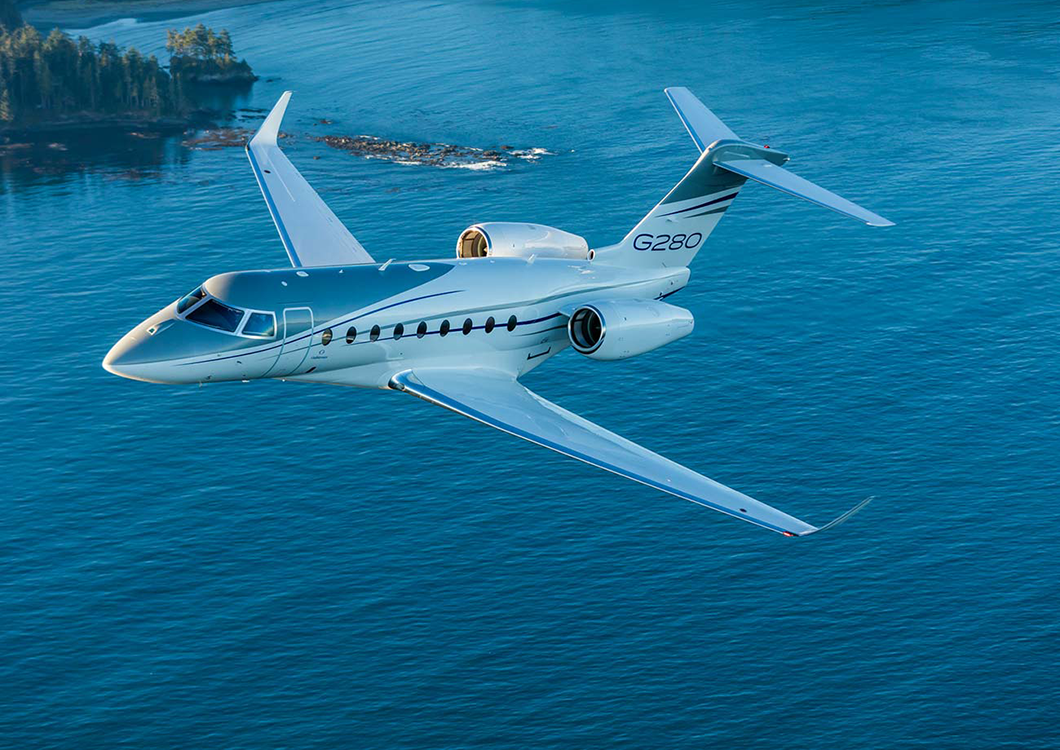
Gulfstream 280
Let’s talk about cabin space. The Challenger wins the total cabin volume category with 1,082 cubic feet of interior space versus the G280 offering 935 cubic feet of interior space, but preference does come into this. The Gulfstream offers an extra inch of headroom coming in at 6’1”. The Gulfstream also offer a longer cabin with a 25’10” cabin length compared to the challenger at 25’2”. Where the Challenger really takes the cake is on cabin width coming in at 7’2” compared to 6’11” in the Gulfstream. Mark one up for the Challenger here as long as cabin height isn’t your main priority. Another important space issue to keep in mind is luggage space. The Gulfstream offers 120 cubic feet of space while the Challenger only offers 106 cubic feet of luggage space. Both aircraft offer access to the luggage compartment in flight.
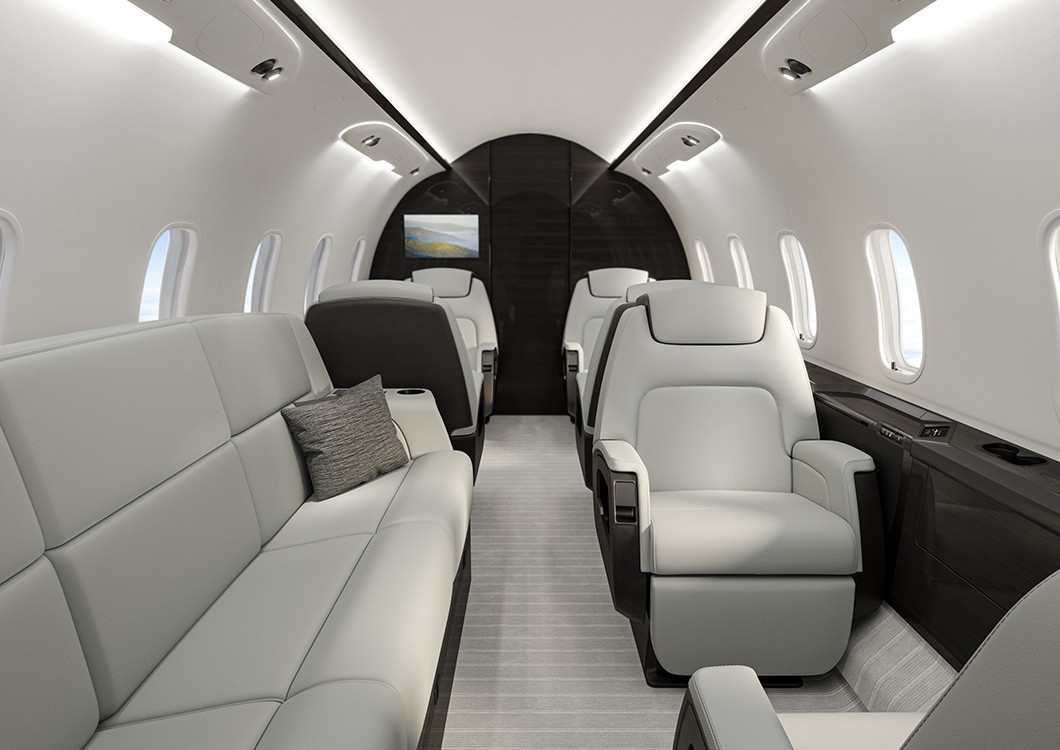
Bombardier
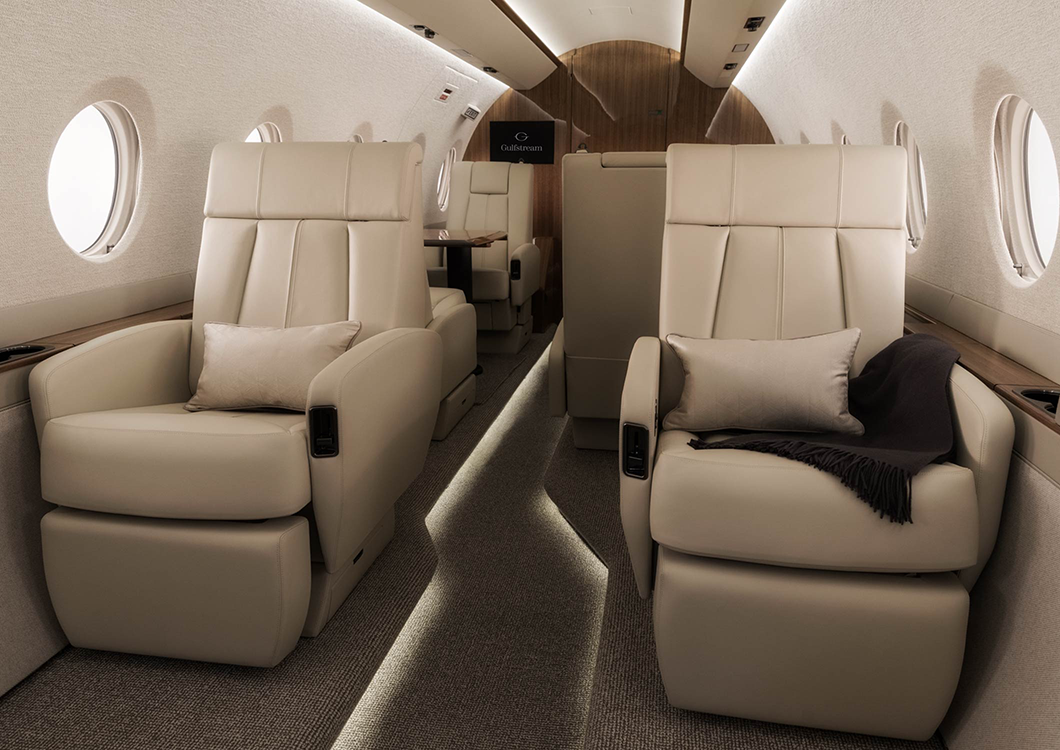
Gulfstream
Which plane is quieter and which plane offers the lowest cabin altitude? These are the two most important questions when determining which plane will leave you feeling less fatigued after a long flight. Unlike their Embraer and Citation competitors who tout their cabin altitudes, Gulfstream and Bombardier do not. While Gulfstream advertises “Low Cabin Altitude” Bombardier doesn’t even mention cabin altitude on their site or in their marketing material. One can assume this might mean that Gulfstream wins this category but since we have no data from either manufacturer, we will move on and assume that both do well in this category considering the amazing pieces of machinery they are but maybe they don’t do quite as well as Citation and Embraer in this category. The data on noise isn’t very comprehensive either. The Challenger 350 claims to have the quietest cabin in class but so does the Citation Longitude and neither manufacturer published decibel studies that we could find so who is to say which company rightfully claims that crown? Between the Challenger and Gulfstream one can assume that the Challenger wins this category thanks to features advertised such as entry door acoustic curtain and galley pocket door but with the Gulfstreams “whisper-quiet” engines we will not award this category either. Both aircraft offer potential sleeping space for up to 5 passengers so if rest is needed, there is space for this.
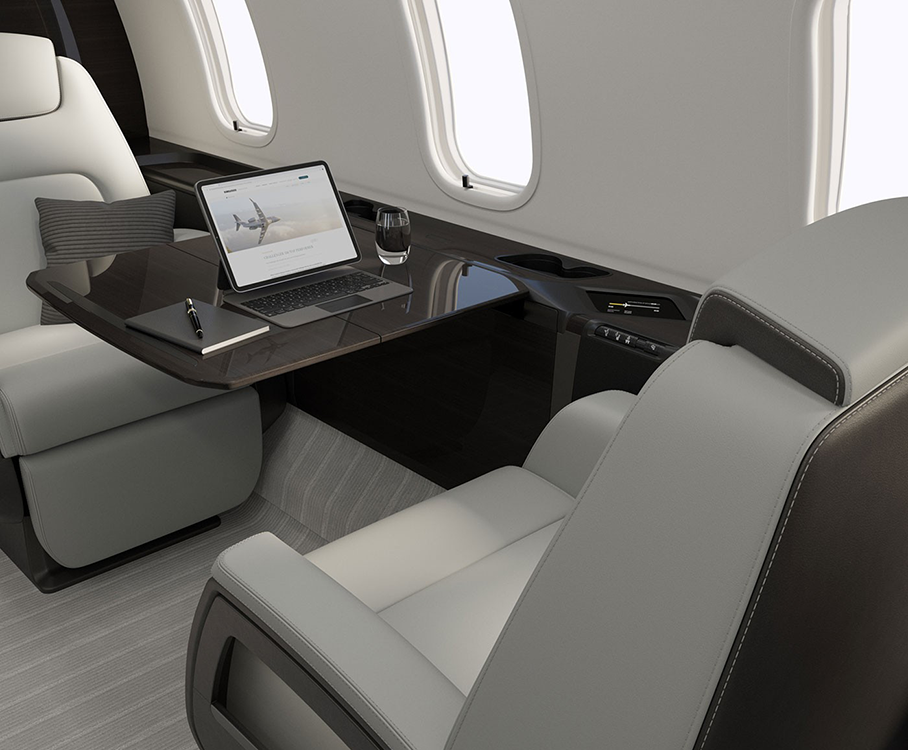
Challenger 350
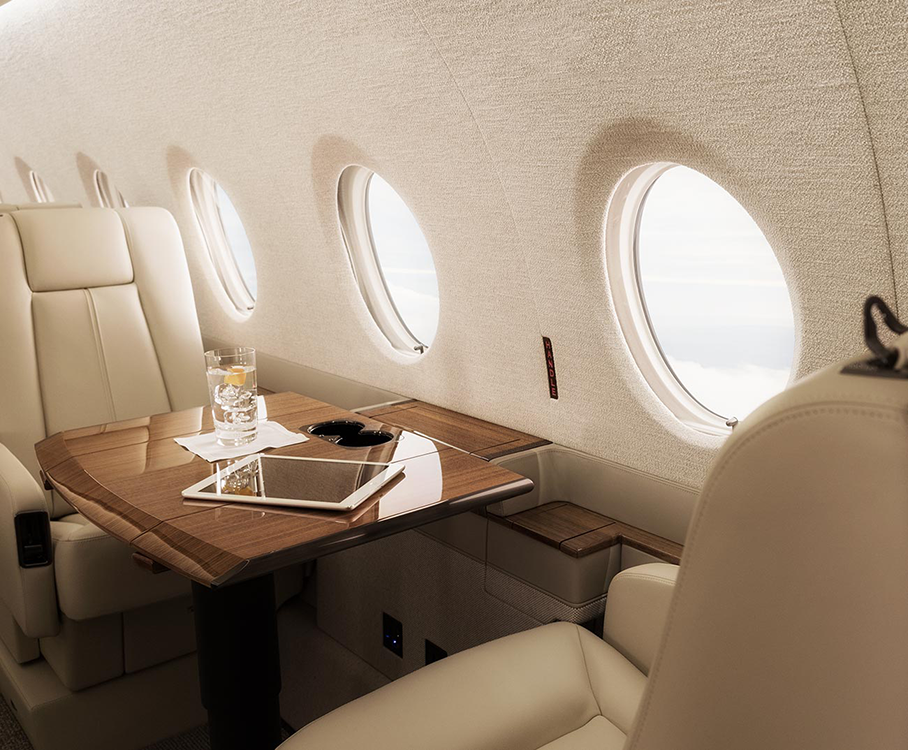
Gulfstream 280
Speaking of configuration options, this is one category that Gulfstream clearly wins. With four seating configuration options compared to only two on the Challenger, Gulfstream owners and charter clients have more options including a 10 captain chair configuration that is not offered on the Challenger 350. The Challenger is also rated for up to 10 passengers but one of your guests would be seated on the belted lavatory seat for taxi, takeoff and landing which is never fun.

Bombardier

Gulfstream
Performance is arguably the most important thing to analyze when deciding on what aircraft is the right fit for your needs and luckily, we have plenty of numbers to look at in this category. The challenger offers a range of 3,200 nautical miles which isn’t terrible but compared to the G280 which offers a range of 3,600 NM it is clear who reigns victorious when it comes to range capabilities. Getting from New York to London on either of these options is no problem but returning non-stop on the Challenger 350 won’t be an option. Range is certainly not the only important comparison to make regarding performance. The Challenger 350 requires 4,835 feet of takeoff distance while the Gulfstream only requires 4,750. Less than 100 feet of difference there so both are impressive but a win for Gulfstream, nonetheless. Speed is something that a lot of people consider and was the main reason for the success of the recently retired Citation X and X+. Another win for Gulfstream here. The G280 has a max operating speed of Mach .85 while the Challenger 350 maxes out at Mach .83. High speed cruise on the G280 is .84 while high speed cruise on the Challenger is .82. Range, speed, and takeoff distance just about cover the differences here. Both aircraft operate at a max altitude of 45,000 feet.

Challenger 350
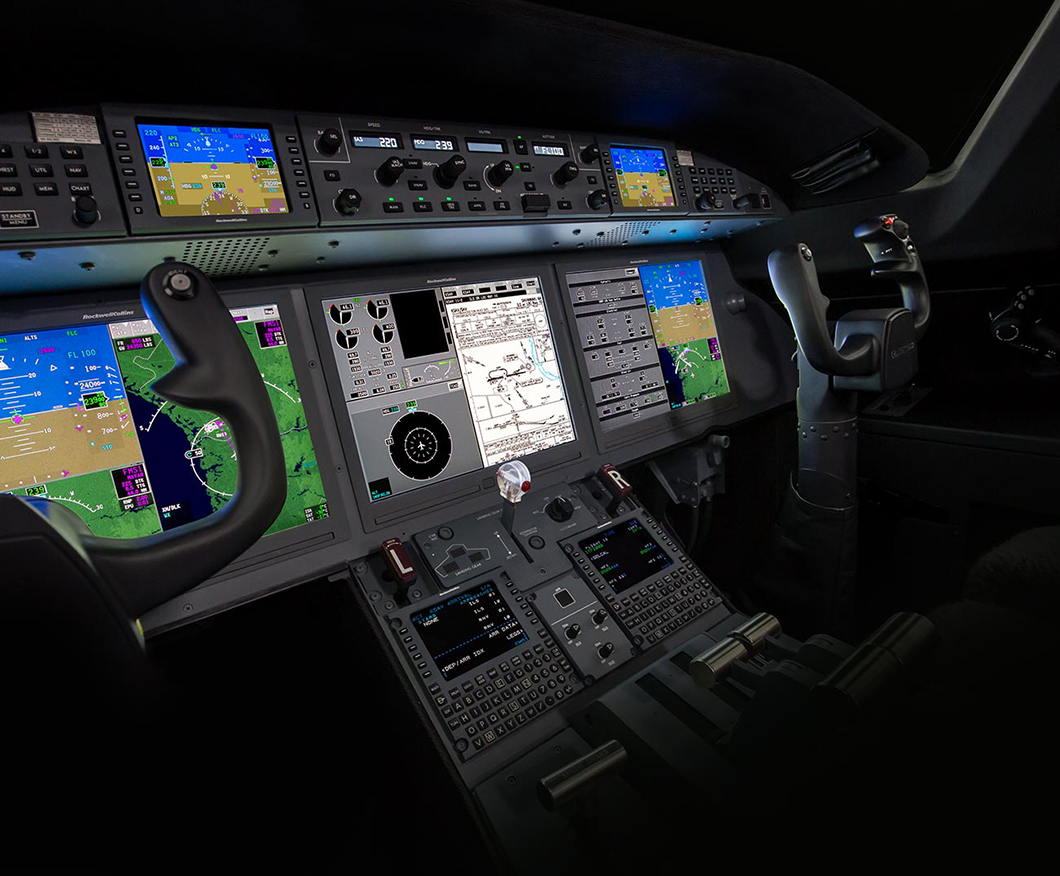
Gulfstream 280 cockpit
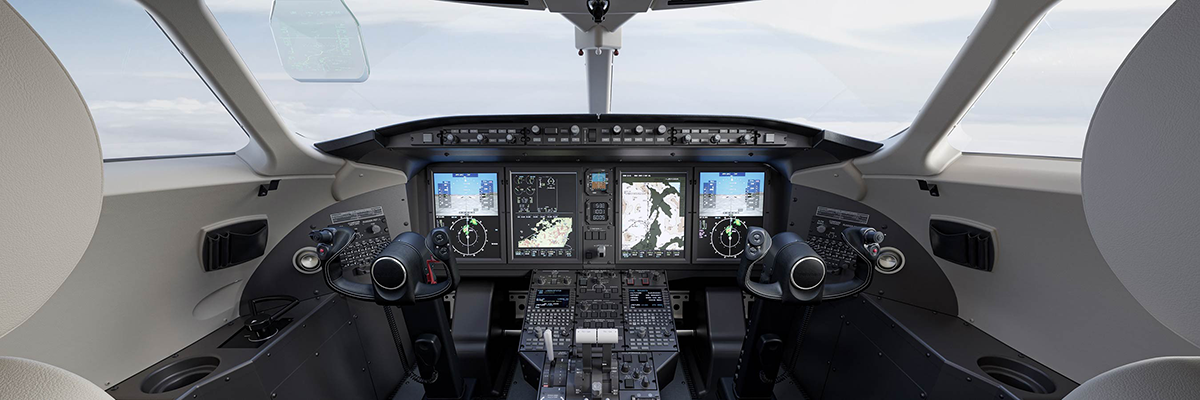
Challenger 350 cockpit
At this point you might be wondering why the Challenger 350 seems to be more popular than the G280. Afterall, the G280 wins many of the above categories but the Challenger 350 is number one in deliveries. It isn’t the price; both aircraft cost around $25 million depending on options. We found that it comes down to Bombardier marketing the heck out of the “Lowest direct operating costs” and “Highest reliability” which they claim for the Challenger 350. With long maintenance intervals and impressive dispatch rates, it becomes more clear why the Challenger 350 is so popular. The large, quiet cabin is also a real crowd pleaser. Despite the larger luggage compartment and superior performance capabilities on the G280, we might have to agree that the Challenger 350 is a better choice for some consumers and an absolutely beautiful plane no matter how you look at it.
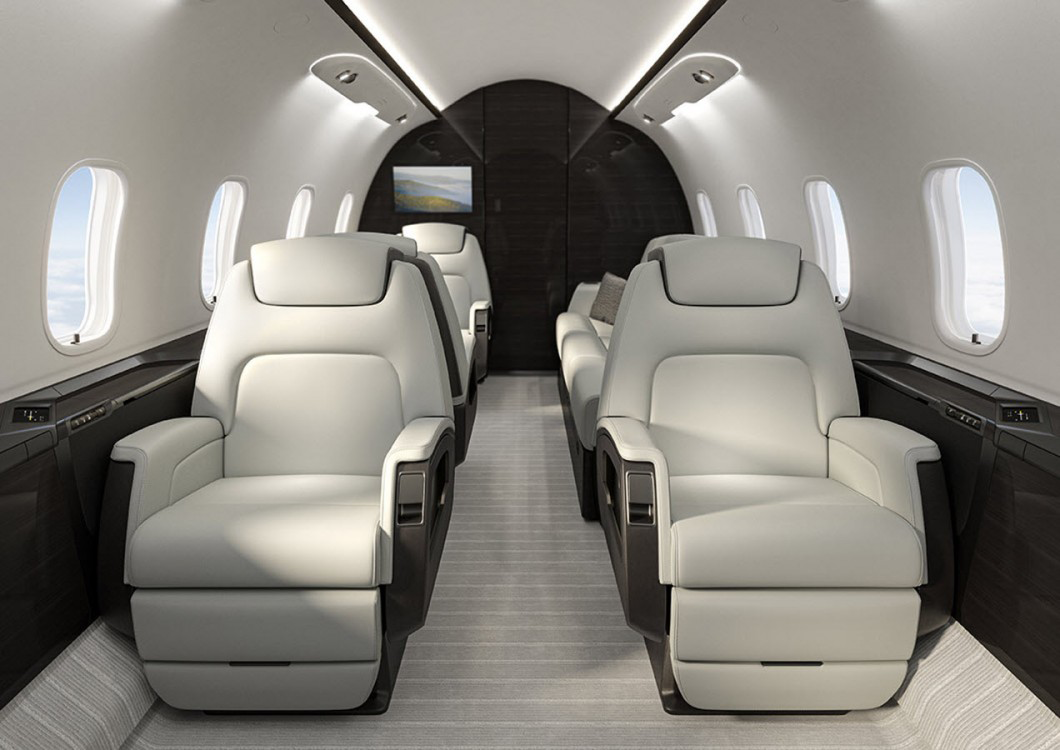
Bombardier
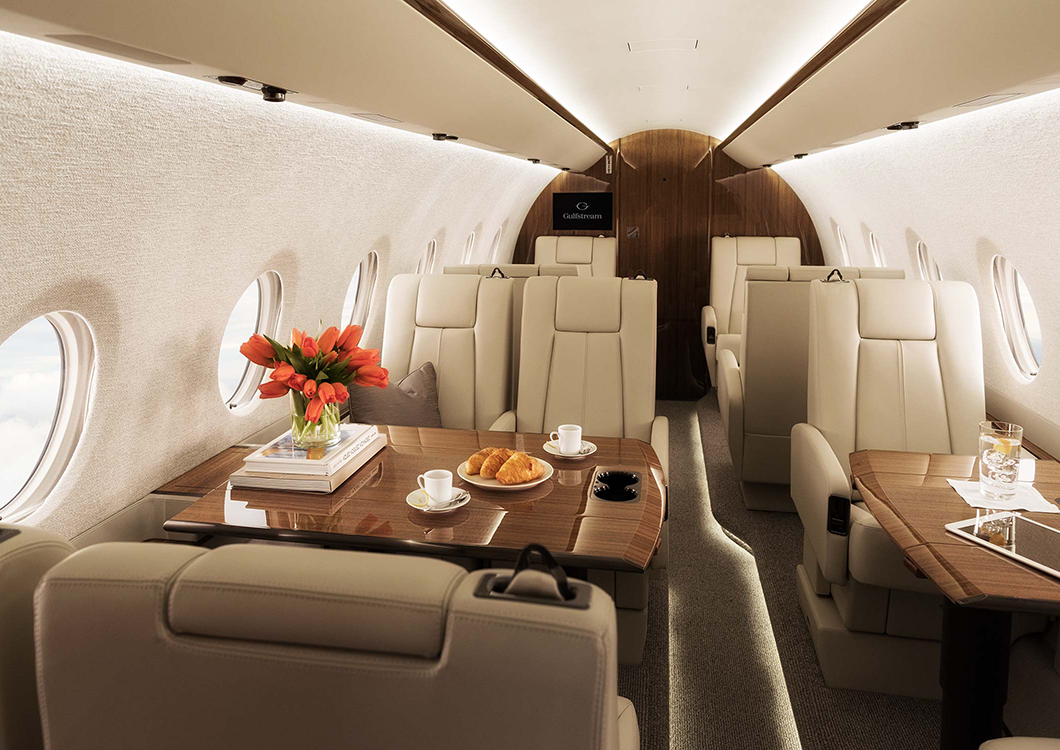
Gulfstream
Source:



